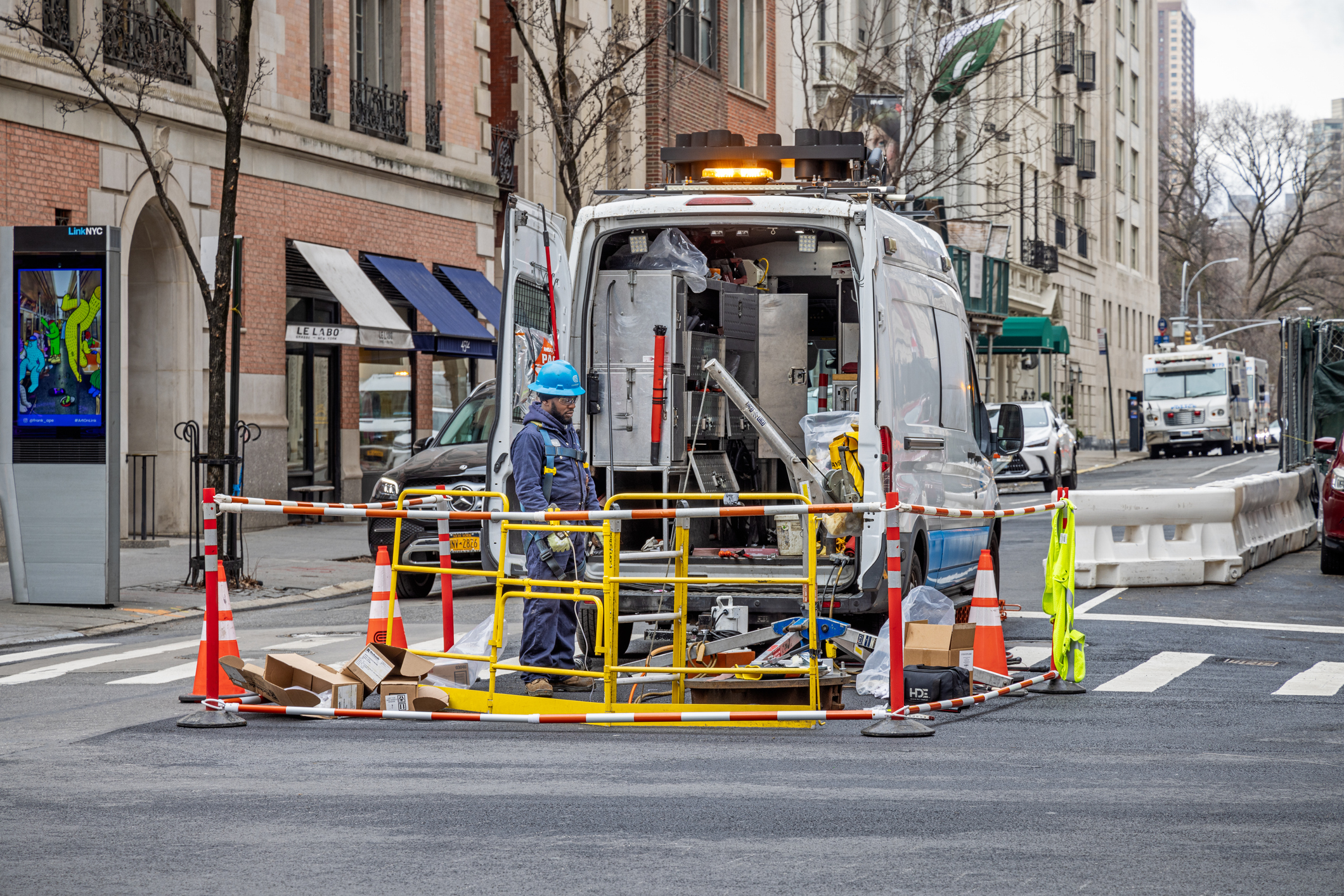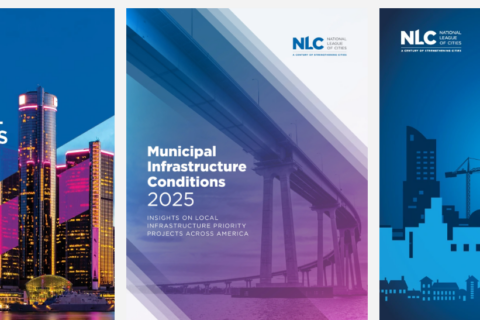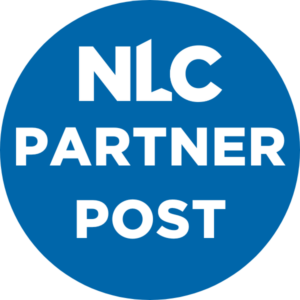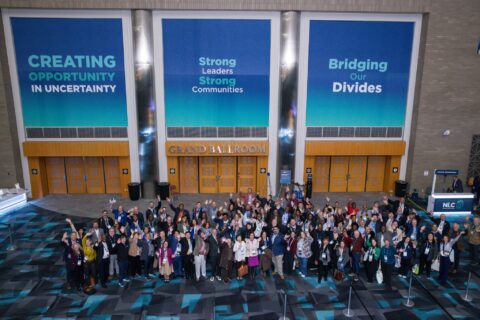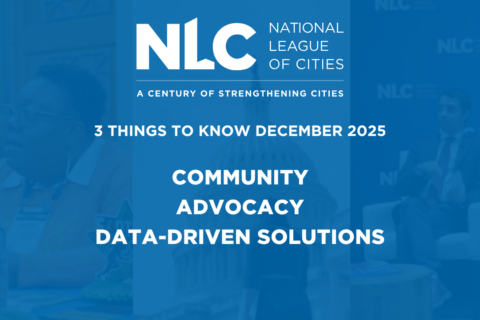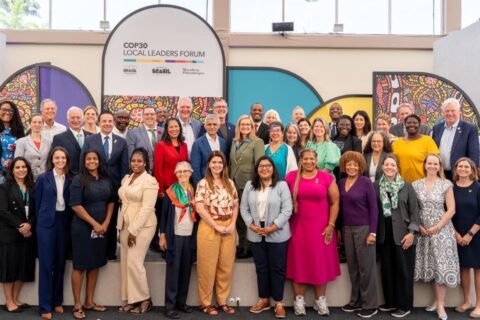Often the beginning of a large infrastructure project can be daunting. Local governments regularly know they need to advance a financing plan for the project, but there are preparatory steps that need to be taken to even understand if a project is a candidate for innovative financing like a public-private partnership or if it is a candidate for low-cost federal loans rather than grants. Local governments may want to hire a financing expert or technical advisor to assess the project and offer the local government more informed options. This is where the Innovative Finance and Asset Concession Grant Program (IFAC) at the U.S. Department of Transportation (USDOT) Build America Bureau may be able to help.
Topline Summary
- The Innovative Finance and Asset Concession Grant Program (IFAC) applications are now open for your community to consider
- IFAC helps communities facilitate and evaluate public-private partnerships in which the private sector partner could assume a greater role in project planning, development, financing, construction, maintenance, and operation
- Grant applications close on Oct. 1, 2025 at midnight
This month, USDOT announced an additional Notice of Funding Opportunity (NOFO) for the Innovative Finance and Asset Concession Grant Program (IFAC). The IFAC will allow local governments to explore if an existing infrastructure asset can be turned into an enhanced asset that could help pay for the project over time. The grant program is designed “to help public entities scan their existing assets to unlock their value and explore innovative financing, alternative delivery, and public-partnership opportunities.”
IFAC Program Objective
The program’s goal is to facilitate and evaluate public-private partnerships in which the private sector partner could assume a greater role in project planning, development, financing, construction, maintenance and operation. This round of IFAC provides grants of up to $2 million for applicants with the first million requiring no local match. Total funding for this round of IFAC spending is $45.98 million. USDOT estimates it will award between 30 and 40 cooperative agreements under this NOFO, up to $2 million for each award.
This grant program has a quick application turn around as applications are due on Oct. 1, 2025, at midnight.
Eligibility
Eligible applicants for the program are public entities that own, control or maintain existing assets, and have the legal authority to enter a contract to transfer ownership, maintenance, operations, revenues or other benefits and responsibilities for those assets. Existing assets may be physical infrastructure, real property or mineral/air rights to real property that could be improved utilizing Transportation Infrastructure Finance and Innovation Act (TIFIA) credit assistance. TIFIA-eligible projects include highway, transit, passenger rail, certain freight facilities, certain port projects, airports and transit-oriented development projects.
Applicants Will Need One TIFIA Eligible Project and Two Assets to Explore Leveraging
Examples of TIFIA-eligible projects include:
- Highway construction projects, such as high-occupancy toll lanes, or highway improvement projects
- Roadway improvement projects
- Bridges and tunnels
- Intercity passenger bus or rail facilities and vehicles, including those owned by Amtrak
- Public freight rail projects
- Private freight rail projects that provide public benefit for highway users by way of direct highway-rail freight interchange
- Intermodal freight transfer facilities
- Projects providing access to, or improving the service of, the freight rail projects, and transfer facilities described above
- Surface transportation infrastructure modifications necessary to facilitate direct intermodal interchange, transfer, and access into and out of a port
- Acquiring, improving, and rehabilitating track, bridges, rail yards, buildings, and shops
- Preconstruction activities
- Positive train control
- Transit-oriented development projects that include public infrastructure
- Joint Development commercial and residential projects
- New rail or intermodal facilities
- Wildlife crossing projects
- Surface transportation projects at airports
- Airport terminal facilities and preconstruction activities
- Airport noise compatibility planning
- Conversion of ground equipment to low or no emission technology
- Inland ports
- A surface transportation project within the boundaries or functionally connected to an international border crossing that improves a facility owned by Federal/state/local government and increases throughput efficiency
- A project for a marine highway corridor that is functionally connected to the National Highway Freight Network and is likely to reduce road mobile source emissions
- A public transportation project that is eligible for assistance under chapter 53 of title 49 or is a part of any of the project types described above
Applicants must identify at least two existing assets to evaluate for potential asset concession opportunities under a technical assistance cooperative agreement, or at least one existing asset to develop by leveraging public or private funds under an expert services cooperative agreement. Existing assets are physical infrastructure, real property or mineral/air rights to real property that could be improved using TIFIA credit assistance. Examples of existing assets to leverage may include:
- Bridges and tunnels
- Intercity passenger bus or rail facilities and vehicles, including those owned by Amtrak
- Public or private freight rail, intermodal freight transfer facilities
- An existing highway
- A street
- Vacant or underutilized parcels or right-of-way
- Airport terminal facilities and transportation infrastructure
- Inland ports
- Ports
- Public transportation facilities and public infrastructure
How IFAC Works
Under the IFAC program there are two types of grants available, Technical Assistance Grants and Expert Services Grants.
- Technical Assistance Grants includes an asset scan of existing assets and prior to construction helps a public entity build pre-construction tasks list that considers financial solutions and steps to achieve project goals
- Expert Services Grants explore leveraging sources of funding to deliver a project of procurement of an asset or group of assets.
How previous recipients used Technical Assistance Cooperative agreements:
- Procure a consulting firm to conduct an Asset Scan of roadway and transit infrastructure owned by the applicant. The Asset Scan would assess which — if any — Assets are suited for an Asset Concession. In the event the Asset Scan reveals an Existing Asset is not suitable for delivery utilizing an Asset Concession, the Asset Scan would evaluate other delivery methods.
- Hire a public employee to manage real estate Assets controlled by an applicant on or near airport, seaport and public transit infrastructure. The employee would conduct or oversee Advisors conducting pre-construction activities to redevelop the Existing Assets. The tasks would include determining the suitability and approach for utilizing Asset Concessions for Existing Asset redevelopment. In the event the analysis reveals Asset Concessions are not a suitable delivery method, the employee would conduct analyses to identify innovative financing and delivery methods that achieve public goals. Further, the public employee would protect the public interest in the real estate properties and adjacent communities.
How recipients can use Expert Service Cooperative Agreements:
- Procure the services of an outside finance expert to advise the recipient on value-for money, financing options, contract negotiation and underwriting of loans to construct highway express lanes.
- Procure a consultant to prepare analysis and reports required to secure permits for a transit-oriented joint development project located on public land adjacent to an existing light rail line.
Find Out More
Interested local governments should review the available program information and NOFO in detail, including the Post Award Requirements and Administration requirements, to assess if it is a good grant fit for the city. Consider watching the USDOT Build America Bureau’s webinar recording on the IFAC program from Aug. 28. As the program is designed for public entities, municipal leaders may want to explore how they can partner with other levels of government such as their county or specialty districts. Review past IFAC winners for similar projects to your community’s.
Reach Out
Local governments can sign up for email updates or email InnovativeFinanceTA@dot.gov with any detailed questions.
